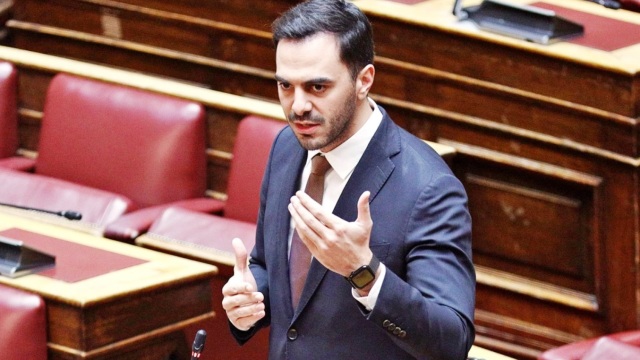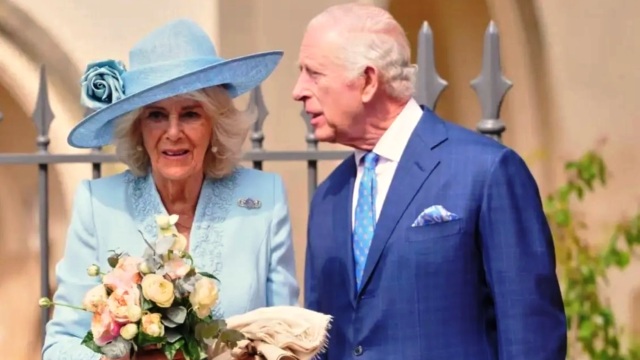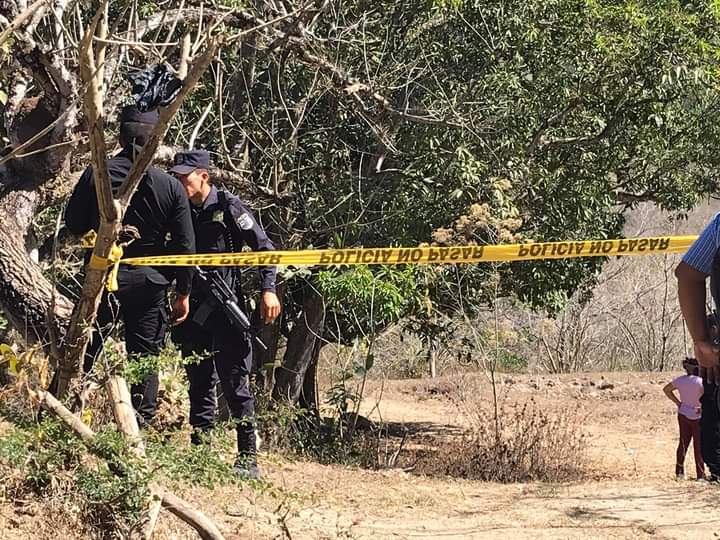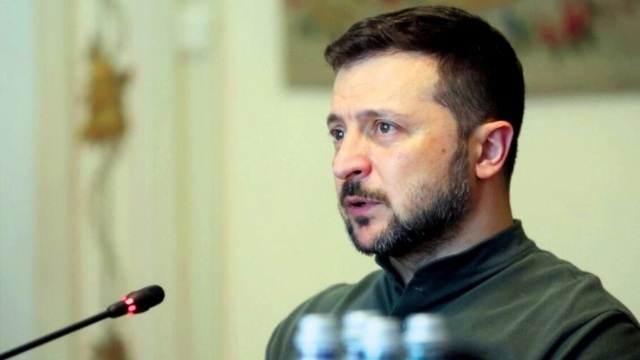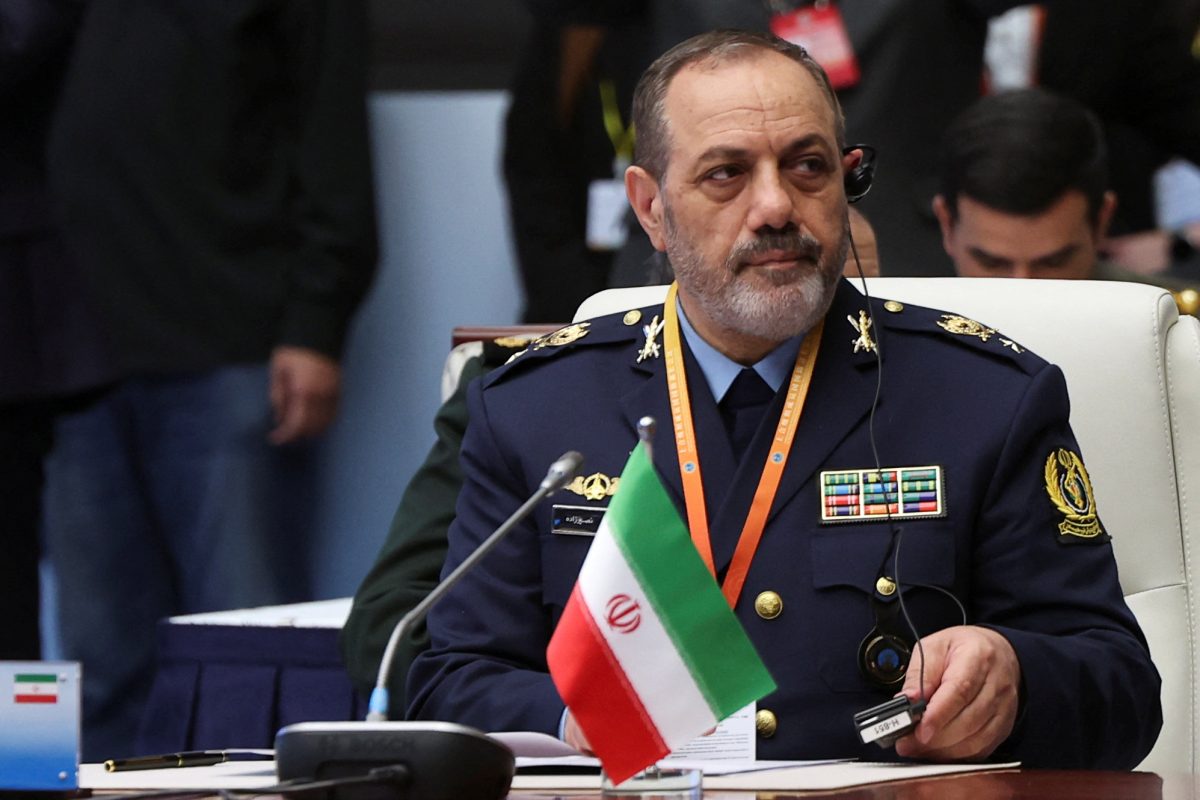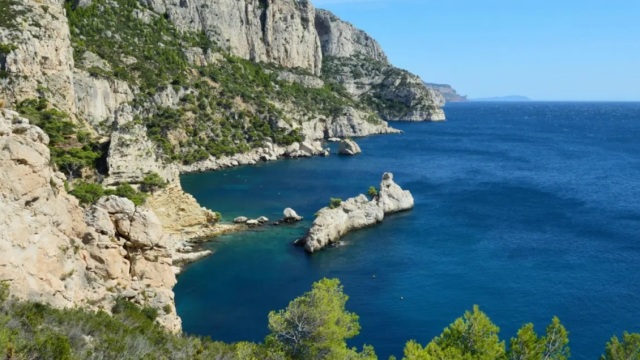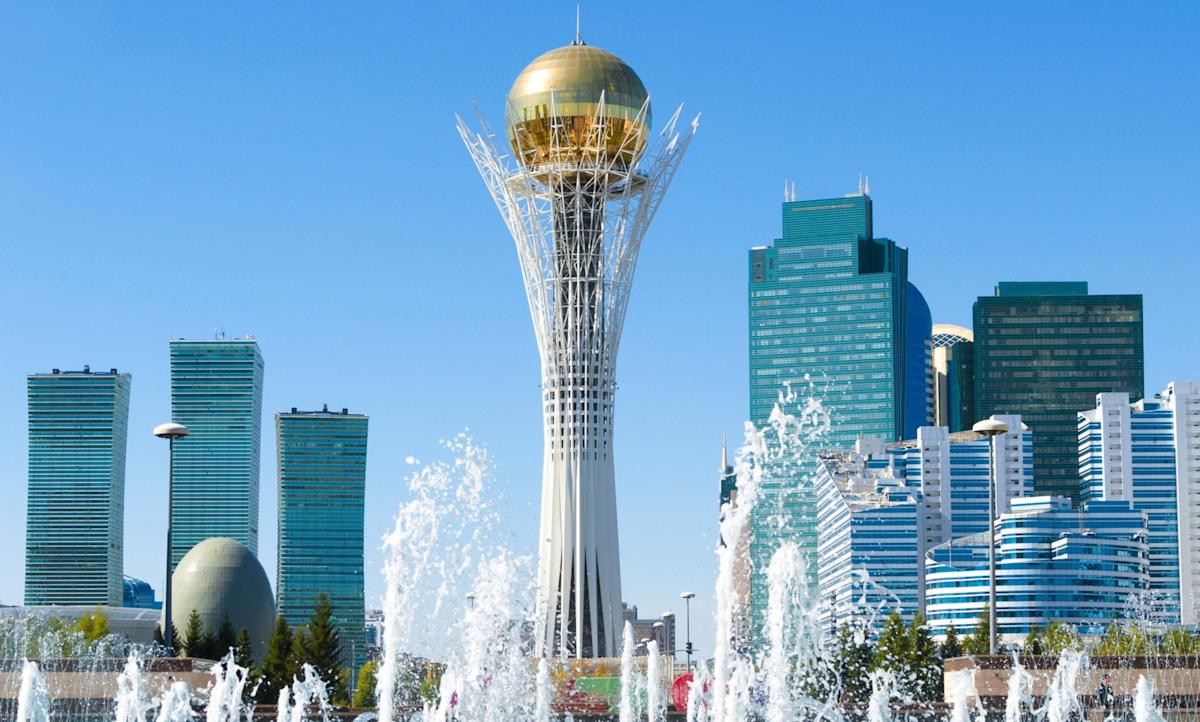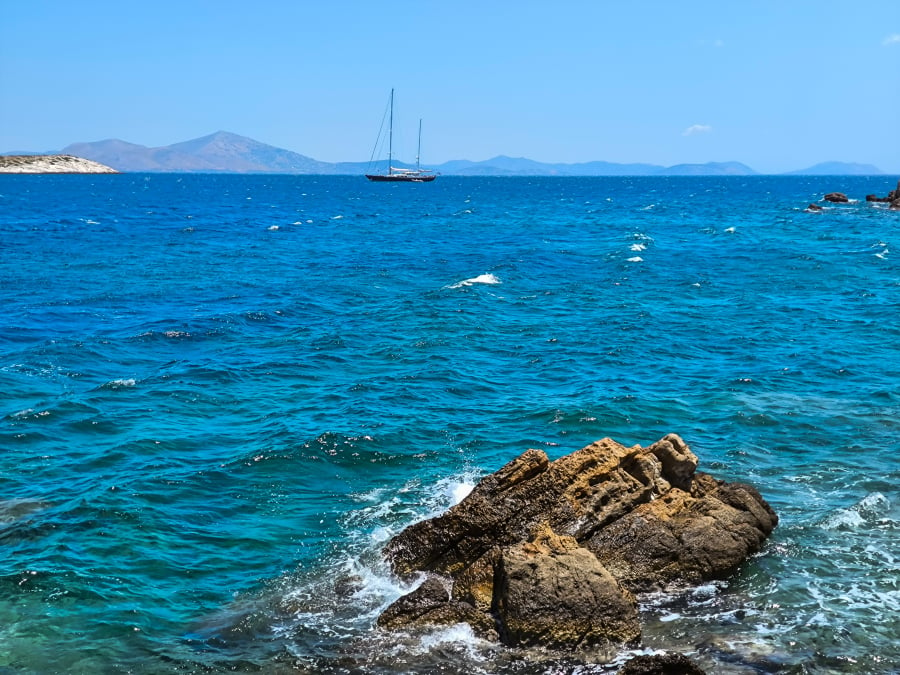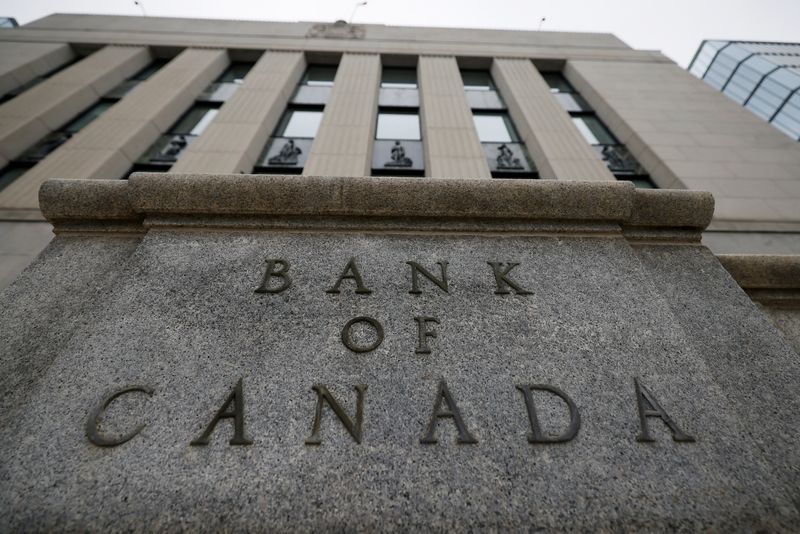How can Kazakhstan secure its hydrocarbon export infrastructure?

Kazakhstan is one of the largest oil and gas producers in Central Asia, a significant producer of coal and a major energy exporter – but the markets surrounding it are shifting.
In terms of oil production, the vast landlocked country is up against established and well connected heavyweights such as Saudi Arabia and the US, while competition in the gas market is more regionalised, with Russia, Turkmenistan and Uzbekistan as frontrunners.
Its production remains on a sharp upward trajectory. In February, Kazakhstan reported a record oil output of 2.12 million barrels per day (mbbl/d), and announced plans to produce 96.2 million tonnes (mt) of oil and gas condensate in 2025, a yearly increase of almost 10%. Moreover, its oil production in the first half of 2025 (H1 2025) saw a yearly surge of almost 12%.
However, the nation still has some way to go to diversify its export routes and establish reliable and long-term export markets. Demand from various regions of Europe continues to rise against the backdrop of the Russia-Ukraine war, following an international trend of nations seeking to reduce their energy dependence on Russia.
In June, the European Commission proposed a gradual phase-out of Russian gas and oil imports into the EU by the end of 2027, as part of the REPowerEU road map, which aims to ensure the EU’s full energy independence from Russia. Kazakhstan is aiming to capitalise on this demand by increasing hydrocarbon exports.
Currently, approximately 80% of the country’s oil exports are transported via the majority Russia-controlled Caspian Pipeline Consortium’s (CPC) Black Sea terminal, which was temporarily restricted in April by Russian regulators.

Don’t let policy changes catch you off guard. Stay proactive with real-time data and expert analysis.
By GlobalDataKazakh hydrocarbon infrastructure has also become collateral damage in the ongoing Russia-Ukraine war. In February, Ukrainian drones hit a pumping station on the main Kazakh oil export pipeline, temporarily dropping oil flows through the CPC by approximately 30–40%.
Such vulnerability is exacerbated by Kazakhstan’s Soviet-era assets, although the country has been actively building new facilities and reviving previously shelved plans such as the Eskene-Kuryk-Baku oil pipeline, which will extend for 739km from Kazakhstan to Azerbaijan.
Market expansion, particularly to hydrocarbon-hungry countries such as China and Türkiye, remains a priority for Kazakhstan, helping it secure its economic future. However, this process relies on reliable pipeline routes and stabilised geopolitical climates, the latter currently seeming a long way off.
Market opportunities and challenges
As the world’s biggest hydrocarbon importer, China offers huge opportunities for Kazakhstan. In February, state-run gas pipeline operator Qazaqgaz extended its agreement with PetroChina to increase gas exports to the east.
Qazaqgaz has a pipeline network of more than 76,000km, including 20,000km of main gas pipelines, which also transport Russian gas to Uzbekistan and Kyrgyzstan through an agreement signed with Gazprom in 2024.
However, extracting itself from Russia’s influence and strengthen its ties with China could prove tricky for Kazakhstan. Much of the region’s hydrocarbon infrastructure is co-owned and operated by more than one country, with a notable example being the Atasu-Alashankou pipeline, which carries both Kazakh and Russian oil to China.
Competition in the region is fierce for market access and infrastructural planning. Kazakhstan is China’s third-largest pipeline gas supplier after Russia and Turkmenistan, but in terms of crude oil the country has fallen behind other suppliers, with a 50% drop from 2023 to 2024 (though overall demand from China has weakened in recent years).
Elsewhere in Asia, Türkiye holds further promise. GlobalData oil and gas analyst Rami Khrais highlights the Baku-Tbilisi-Ceyhan (BTC) pipeline, which enables Kazakhstan to bypass Russia and carry crude oil through Azerbaijan and Georgia to Türkiye and other Mediterranean ports.
According to reports, Kazakhstan is already diverting its crude exports away from Russia and towards Türkiye through the BTC: in February, 6,000 tonnes of oil from the Kashagan field began to move through the pipeline for the first time.
However, Khrais states that Kazakhstan’s “plans to reduce dependency on the Russian route might not be easy [and] due to logistical complexities, transporting oil by sea and then through the BTC pipeline is likely to be more expensive than transporting it via the CPC”.
Meanwhile, South Asia is a relatively untapped market for Kazakhstan. Research from the Journal of Eurasian Studies highlights that Kazakhstan could be of great use to India as an energy provider, particularly as India is heavily dependent on oil imports.
While Kazakhstan does export hydrocarbons to India (amounting to a value of $175m for crude oil in 2024) as its largest trade partner in Central Asia, no direct infrastructure connection exists.
The International North-South Transport Corridor, which would use the Chabahar and Bandar Abbas ports in Iran, presents a possibility for further connection between the countries. The corridor is designed to facilitate the movement of goods between Azerbaijan, Central Asia, Europe, India, Iran and Russia.
According to the Social Policy Research Foundation in India, another key barrier to cooperation with Kazakhstan is China’s established presence in Central Asia, as it has “a territorial advantage and has arguably solved the issue of decaying regional infrastructure by building multiple pipelines […] for an entrenched competitive advantage”.
Despite the geopolitical mire, there are viable options for Kazakhstan to secure its hydrocarbon infrastructure, including strengthened regional cooperation and transportation development.
New frontiers for Kazakhstan’s hydrocarbon exports
Given the complications of pipeline expansion, maritime transportation presents another avenue for Kazakhstan to capture a wider market. In recent years, state-run companies such as KazMunayGas have ramped up investments in tankers to increase exports across the Caspian Sea.
Notably, the BTC pipeline relies on a fleet of Kazakh tankers to move oil to Azerbaijan. Kazakh Energy Minister Almasadam Satkaliyev has highlighted the potential to increase the BTC’s current output of 1.5mt per year to as much as 20mt, thus reducing oil exports via Russia by approximately 80%.
Increased cooperation with Azerbaijan is another possible diversification element for Kazakhstan, which would make it something of a regional energy hub.
While a Trans-Caspian oil pipeline remains out of reach due to technical and financial challenges, the countries recognise the mutual benefits of cooperation, such as negotiating port modernisation to facilitate enlarged fleets. In turn, this will open up further access to European markets.
Lack of investment taking its toll
However, Kazakhstan must also assess how it can solve the problem of declining foreign direct investment flows (FDI), which are intertwined with oil and gas. Kazakh Invest, which attempts to bolster Kazakhstan’s economy by drawing in foreign investment, has stated that FDI plummeted from $2.3bn (KZT1.22trn) to $72.9m over the first nine months of 2024, year-on-year.
The completion of large-scale infrastructure projects such as the Tenzig oilfield, which began production in January and is owned by Chevron (50%), KazMunayGas (20%), ExxonMobil (25%) and Lukoil (5%), has been cited as a significant factor.
According to the International Trade Administration, “the hydrocarbons sector, since 1991, has received approximately 60% of FDI in Kazakhstan, and constitutes approximately 53% of its export revenue”.
As part of its National Investment Policy, the Kazakh Government is aiming to attract at least $150bn of FDI by 2029 and diversify away from hydrocarbons into agriculture, construction, ecology, information technology, pharmaceuticals and tourism.
However, business research from 2024 found that the “sheer weight of oil and gas production within the Kazakh economy will limit the potential for investment diversification”.
Kazakhstan still leads FDI in Central Asia, particularly in greenfield projects, as per the UN Conference on Trade and Development’s (UNCTAD) 2025 World Investment Report.
Throughout 2024, gas supply pulled in significant FDI, with UNCTAD highlighting the $5.5bn natural gas facility announced by Qatari-based energy, concessions and construction company UCC. Russia’s influence can also be felt in FDI, with inflows totalling $931.9m (Rbs72.88bn) over the first six months of 2024.
As hydrocarbon FDI is likely to remain predominant in Kazakhstan, improving existing infrastructure and strengthening regional partnerships appears to offer the most security.
In the meantime, Kazakhstan continues to pump out oil and gas, repeatedly exceeding its 1.47mbbl/d output quota under OPEC+ production limits. Much of the country’s future export landscape will depend on delicately managing its geopolitical standing and building links (both political and physical) to the nations around it.

Sign up for our daily news round-up!
Give your business an edge with our leading industry insights.
Content Original Link:
" target="_blank">

